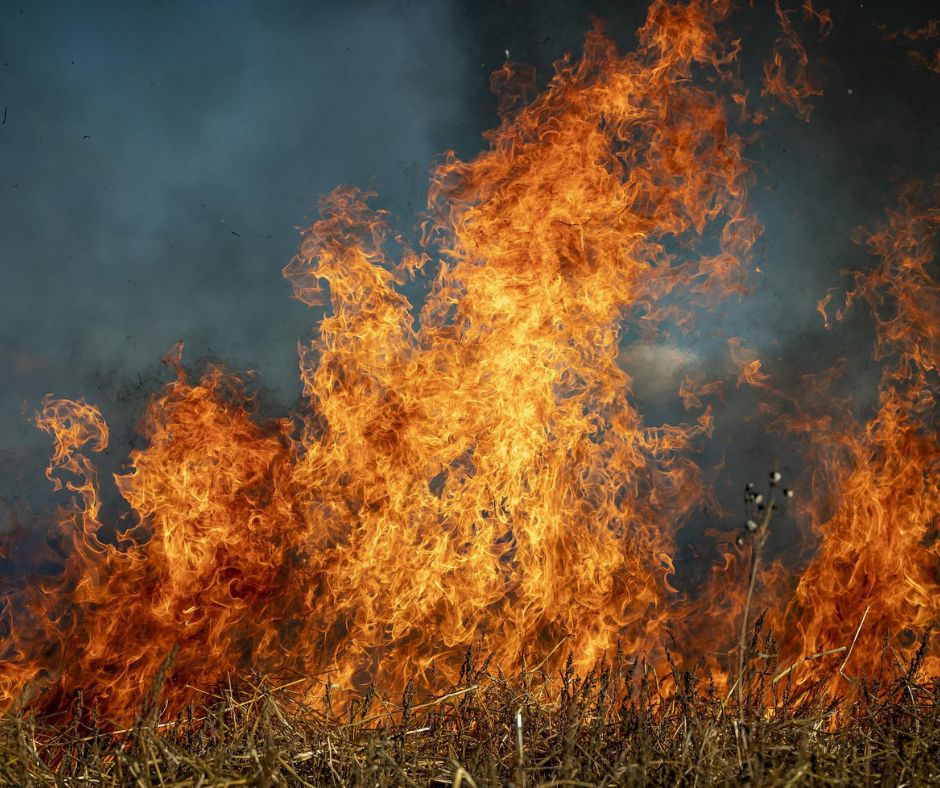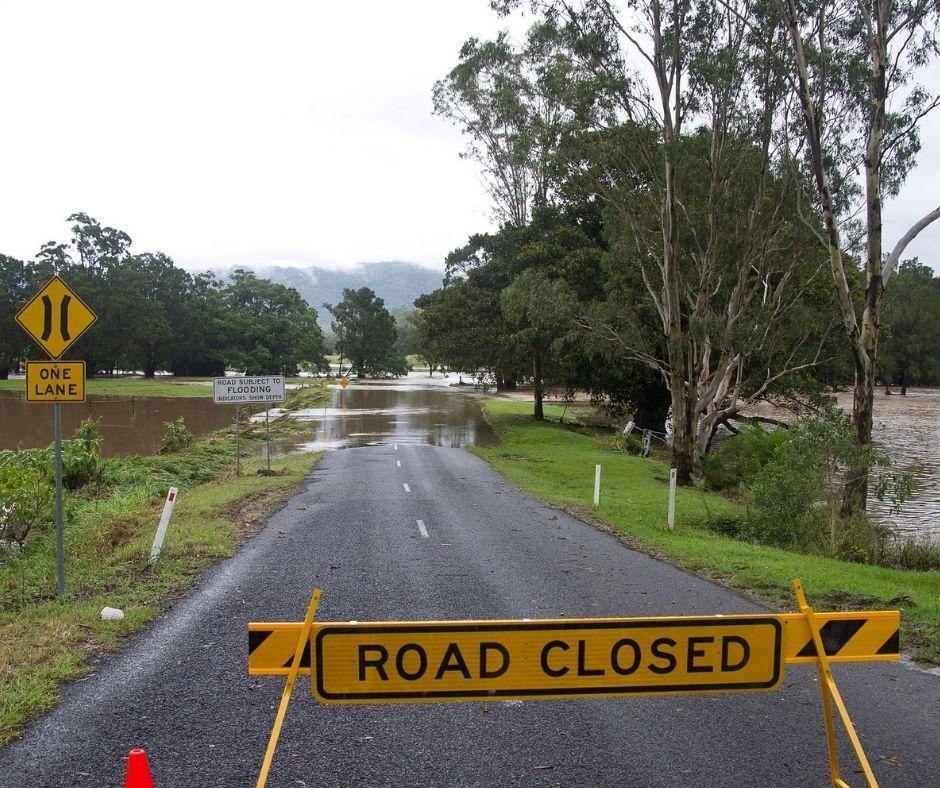-
Climate extremes research will be vital for the state of the Australian environment

Climate change is expected to increase the risk of several natural hazards.
-
This is Australia’s most important report on the environment’s deteriorating health. We present its grim findings

Many Australian ecosystems have evolved to rebound from extreme “natural” events such as bushfires. But the frequency, intensity, and compounding nature of recent events are greater than they’ve experienced throughout their recent evolutionary history.
-
Video: How can climate scientists work with the agricultural industry to adapt to climate extremes?

An expert panel on climate science and agriculture
-
We studied how the Antarctic ice sheet advanced and retreated over 10,000 years. It holds warnings for the future

Research supports the idea that the Antarctic ice sheet is poised to lose more ice and raise sea levels – particularly if the ocean continues to warm.
-
No more excuses: restoring nature is not a silver bullet for global warming, we must cut emissions outright

We now need new international cooperation and agreements to stop expansion of fossil fuels globally and for governments to strengthen their national climate pledges under the Paris Agreements ratcheting mechanism. Promises of carbon dioxide removals via land cannot justify delays in these necessary actions.
-
Our flood predictions are getting worse as the climate changes. We have to understand how hills shape floods

Floods are a difficult challenge for societies to deal with around the world. That’s because coping with floods requires us to make long-term decisions about where we live, how we live, and what we build in the face of a rapidly changing climate. To fully address these problems is an international, multidisciplinary task for scientists,…
-
Concerns over a third possible La Niña for Australian spring 2022

Four out of seven forecasting models are predicting La Niña will return in late spring.
-
Multi-year La Niña events

La Niña is an important cause of rainfall variability of Australia. A multi-year La Niña event can be particularly important for some climate risks. Some climate models are indicating that La Niña may continue for a third year through spring and summer 2022-23, increasing the chances of more rain and flooding.
-
Australian climate and weather modelling powers up with new research facility

“This facility is important for Australian science and for all Australians. It’s an investment in our nation’s know-how and our nation’s future.”
-
4 ways to understand why Australia is so cold right now despite global warming

Weather needs to be put in a long term context to understand why cold weather extremes still happen as global warming also occurs.
